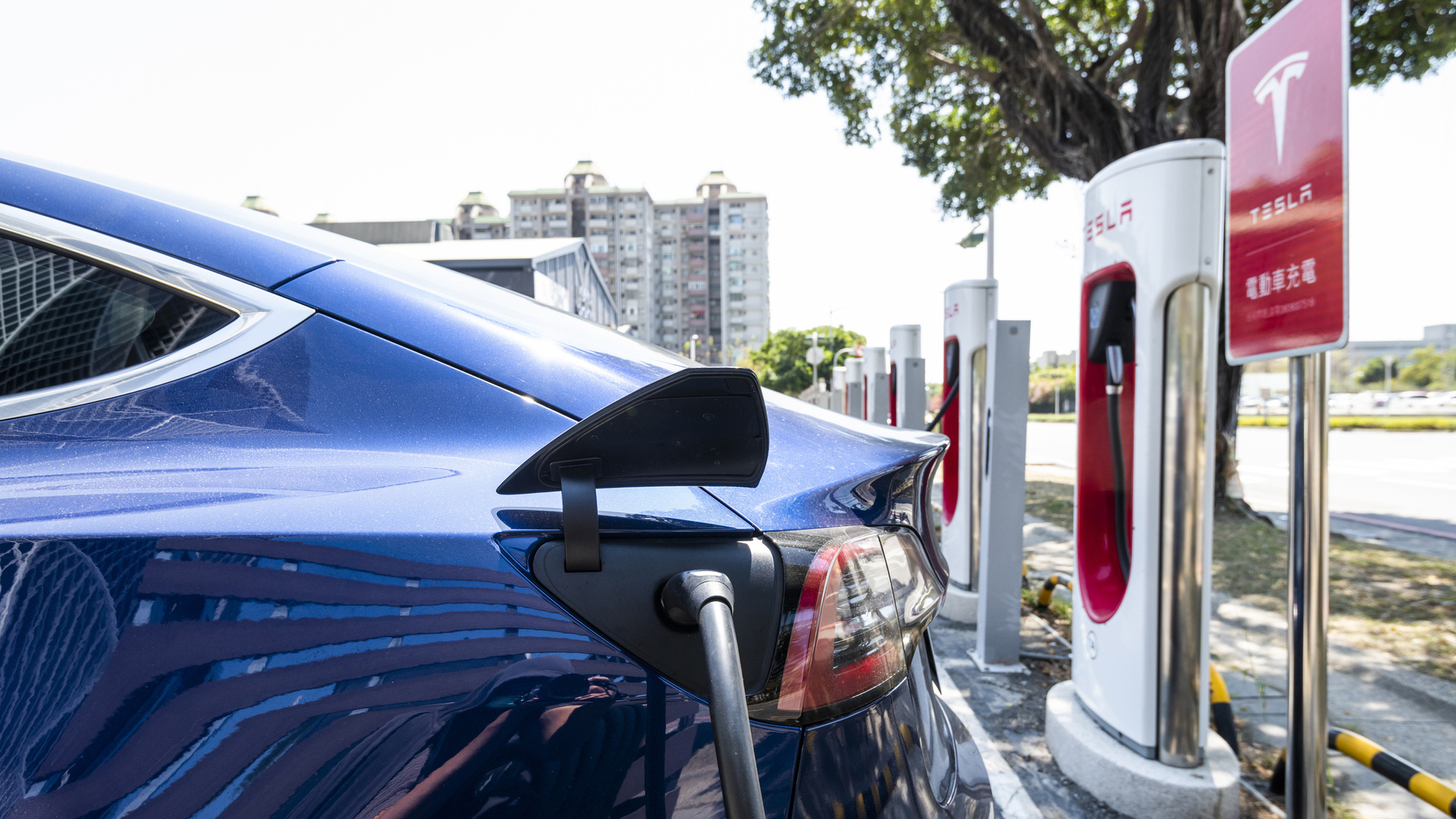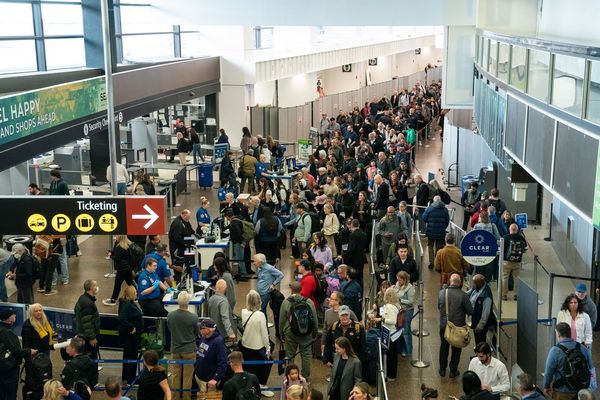
Despite recent difficulties, Tesla is still the top option in the electric vehicle (EV) market. Tesla owners don’t need to purchase gas, but they do have to pay to charge their cars. Charging a Tesla battery must be done wisely.
Check Out: 7 Reasons You Should Switch To an Electric Vehicle in Retirement
For You: The 5 Car Brands Named the Least Reliable of 2025
Replacing the lithium-ion battery can cost at least $13,000, according to J.D. Power. The publication also stated that the automaker warranties most batteries for at least eight years.
Following unwise charging practices can seriously impact the battery’s lifespan, costing owners thousands. Here are four ways Tesla owners should stop charging their cars.
Don’t Charge to 100%
Smartphone owners can empathize. There’s a belief that it’s best to consistently charge your Tesla battery to 100%. That is a myth, and it can harm your EV battery. In fact, it’s often advisable to keep your Tesla battery charged between 20% and 80%.
“A full charge to 100 percent is not good for lithium-ion batteries. You can lower the maximum charging limit with your EV’s onboard charger,” according to Green Cars. It’s fine to charge to full for longer drives, but it’s best to stay at or under a 90% charge. This matches Tesla’s recommendations, which advise charging only to 100% for long trips.
I’m a Mechanic: 6 Electric Vehicles I Would Buy and Why They Are Worth It
Ignoring the Recommended Settings
Following recommended settings typically is the best way to safeguard a purchase. An EV is no different. While it’s tempting to override default charging guidance with the belief that more range is better, it’s best to avoid this impulse.
Many Tesla cars have a battery management system to help monitor the health of the battery. Users can refer to the owner’s manual provided by Tesla to learn how to run a battery health test to make sure they’re not harming the battery.
Charging in Extreme Weather
Extreme weather, either cold or hot, can negatively impact a car battery. EV batteries are little different. Charging during extreme heat or cold can seriously impact the health of a Tesla battery. Planning before charging puts the car in the best position to mitigate harm to the battery.
Tesla recommends using the built-in trip planner at least 30 to 45 minutes before arrival at a charging destination in intense heat or cold. Preconditioning the battery is also advisable, especially if the trip is under the suggested time.
Stop Using Superchargers as Your Primary Charging Method
Superchargers are a good way to quickly bring your Tesla battery to full. While convenient and fast, it shouldn’t be the sole method owners charge their EVs. It’s wise to mix in at-home and Level 2 charging when possible.
Tesla advises to primarily use superchargers for long road trips or emergencies. Additionally, it advises owners to consider home charging options to optimize battery health. Charging at home is often cheaper than using a supercharger, depending on where you live. It’s important to keep that in mind when considering costs.
As gas prices continue to be costly, owning a Tesla may make sense for some Americans wanting monthly savings. Wisely charging your Tesla battery is one of the best ways to maximize those savings.
More From GOBankingRates
- 5 Old Navy Items Retirees Need To Buy Ahead of Fall
- I Paid Off $40,000 in 7 Months Doing These 5 Things
- 7 Luxury SUVs That Will Become Affordable in 2025
- Here's the Minimum Salary Required To Be Considered Upper Class in 2025
This article originally appeared on GOBankingRates.com: 4 Tesla Charging Mistakes That Could Cost You Thousands







